Modular Blockchains
Modular blockchains are designed to improve the network's performance, scalability, and customizability by separating the execution, settlement, consensus, and data availability layers contained within the blockchain into distinct "modules." This approach allows for the creation of new blockchains by selecting and assembling different modules, enhancing the network's flexibility and efficiency.
Articles (23)
Latest
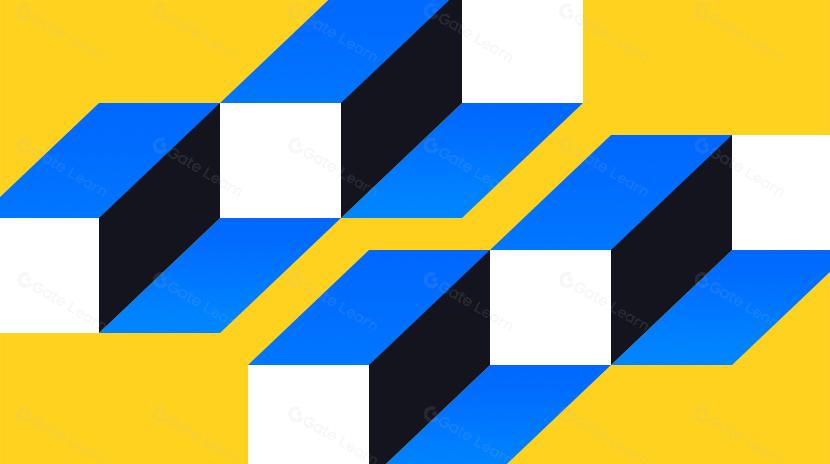
Advanced
Inside Modular Blockchains — Tech Trends and Transformation
Modular blockchains address the performance bottlenecks and inefficiencies of traditional blockchains by breaking down functions into interchangeable modules. They offer advantages such as scalability, flexibility, resource utilization efficiency, and security, bringing greater transparency, security, and efficiency to various industries. Despite facing challenges, modular blockchains have already made an impact in sectors like finance, healthcare, and retail, and are seen as the designers of the future, tailoring specific needs for each structure. Let us view them as partners in progress, opening doors to a world of limitless possibilities.
32.41
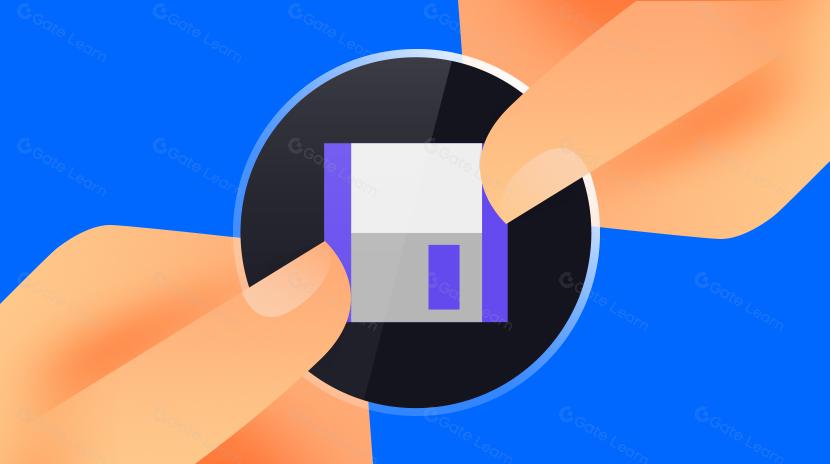
Advanced
What is Curvance: All you need to know about Curvance
Discover Curvance, a modular DeFi protocol for optimized liquidity management. Learn about its features, multichain support, and future plans in this article.
54.33
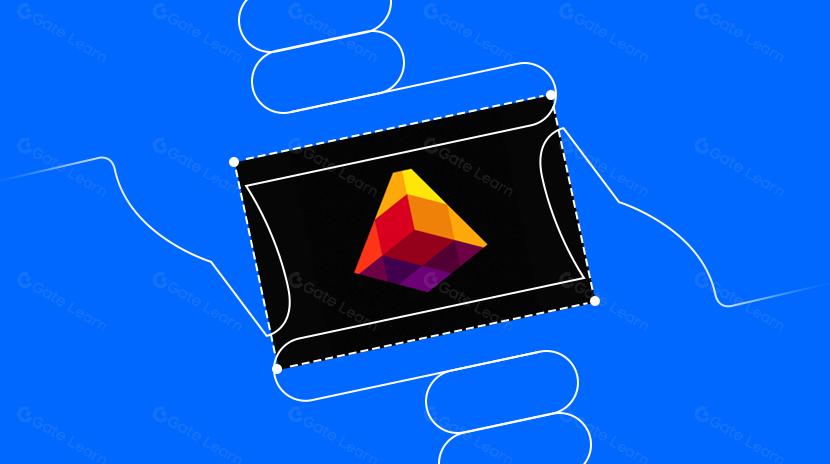
Beginner
What is Lava Network?
After Lava Network's official announcement of its airdrop, KOLs took notice, predicting it could become a standout project. This article will help you quickly understand Lava Network by covering its background, features, and structure.
59.54

Intermediate
AltLayer Explanation: Aggregation as a Service
Dewhales Research released a research report to delve into the mechanism and potential of AltLayer and explore how it can serve as a Rollup-as-a-Service solution in the rapidly developing blockchain environment. The article also introduces AltLayer’s Tokenomics, team and integration cases.
00.33

Advanced
What is Nautilus Chain: All you need to know about Nautilus Chain
Dive into the world of Nautilus Chain and discover how its Layer 3 technology is transforming blockchain efficiency and scalability for a seamless Web3 experience.
48.13
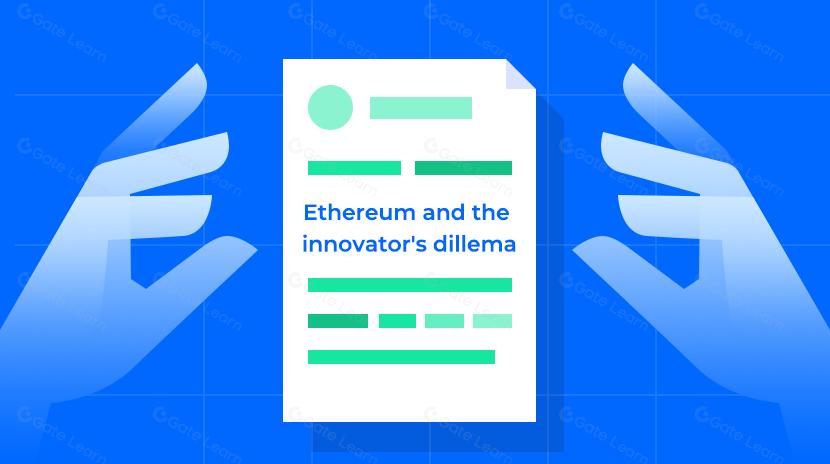
Advanced
Ethereum and the innovator's dillema
Ethereum faces an innovation dilemma and requires fundamental changes. It has overly focused on modular innovations to the database. Currently, it seems to have reached its peak in terms of market capitalization and usage. Future development depends on deep structural and functional reforms.
30.45

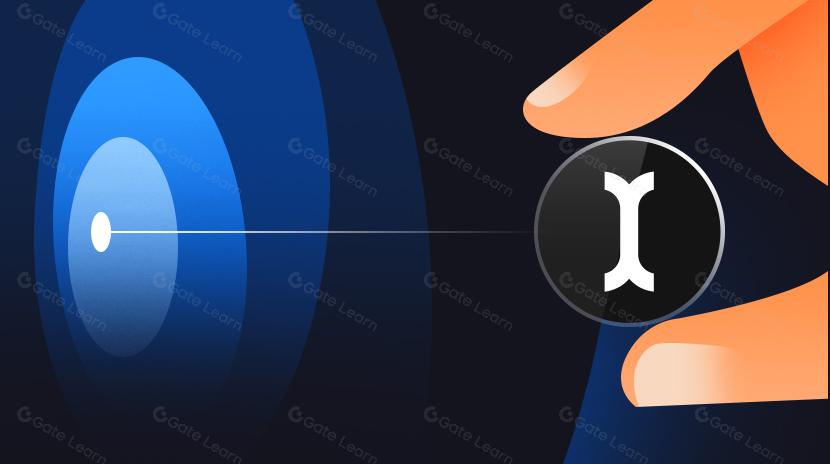
Beginner
Understanding Initia: A fully Customizable, Plug-and-Play Full-chain Modular Rollup Network
Initia is an innovative blockchain project that combines the functions of L1 and L2 to provide full-chain interoperability through a modular Rollup network. It aims to simplify the user experience in multi-chain environments and optimize developers' ability to build applications. Initia received $7.5 million in seed funding from companies including Delphi Ventures and Hack VC, with Binance Lab also participating in the investment. Through its L1 orchestration layer and multiple independent Rollup L2 layers, the project achieves cross-chain interoperation and seamless exchange of data assets. It also provides plug-and-play facilities to lower the developer threshold and accelerate application deployment.
26.10
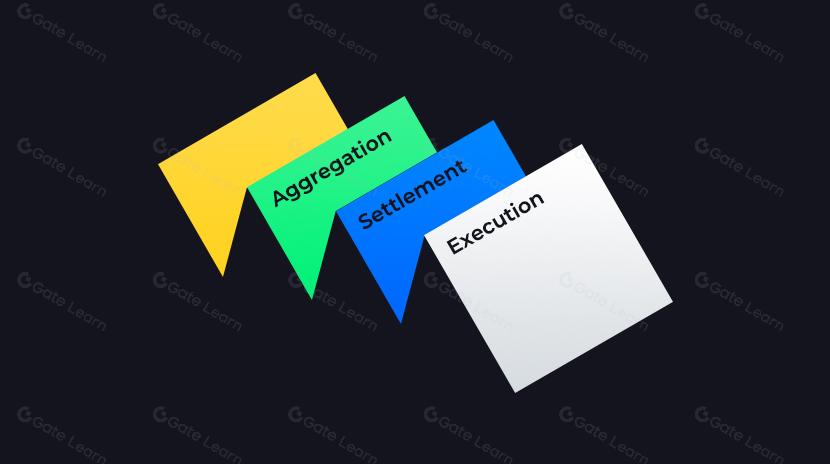
Intermediate
Aggregation, settlement, execution
The article explores the current developments and future trends of the execution layer, settlement layer, and aggregation layer in the modular blockchain stack within the cryptocurrency field. Although there have been many innovations in the data availability (DA) and ordering layers, the execution and settlement layers have only recently begun to receive attention. The article points out that while the shared sequencer space is highly competitive, the execution and settlement layers remain underexplored. Layer N, as a flexible and customizable execution layer, leverages the Move language and BlockSTM technology to improve throughput. The article also discusses the design of proof aggregation, a new architecture that can aggregate and settle between different proof systems, thereby enhancing efficiency and reducing costs. Finally, the article predicts that these innovations will bring better applications and development experiences to users.
24.49
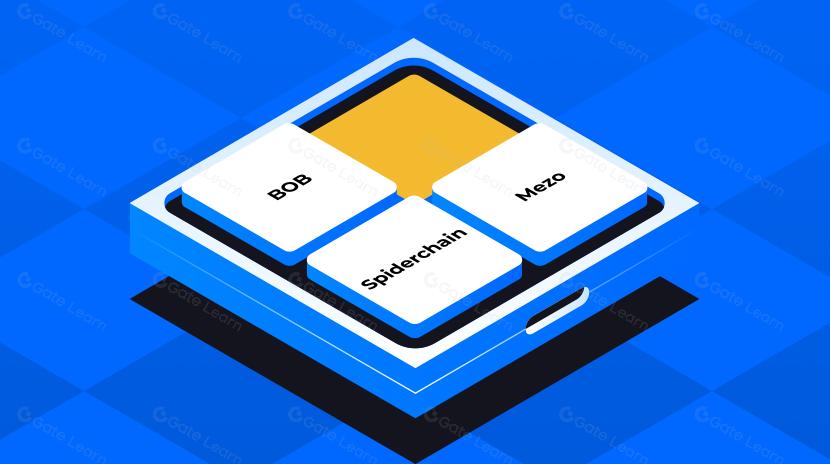
Advanced
Review of Mezo, BOB, and Spiderchain
This article selects three L2 projects with a more Western background—Mezo, BOB (Build on Bitcoin), and Spiderchain (Botanix)—to further explore the pros and cons of layer 2 solutions and their impact on the BTC ecosystem.
11.57

Advanced
Comparative Study of DA Track Projects
The Data Availability Layer plays a crucial role in modular architecture, becoming one of the most popular fields in 2024. Ethereum's Data Availability (DA) became a hot topic, triggering broad discussions about projects such as Celestia, EigenLayer, Avail, and NearDA. This article will delve into the technical architecture, consensus mechanisms, and other aspects of key participants Celestia and EigenDA to reveal the competitive landscape of the DA track.
14.56

Advanced
Will ZK Eat The Modular Stack?
While Web3 is often described as “read, write, own”, we believe a better notion for the third iteration of the internet is “read, write, verify” given that the key benefit of public blockchains is guaranteed computation and easy verification that these guarantees were honored.
06.24
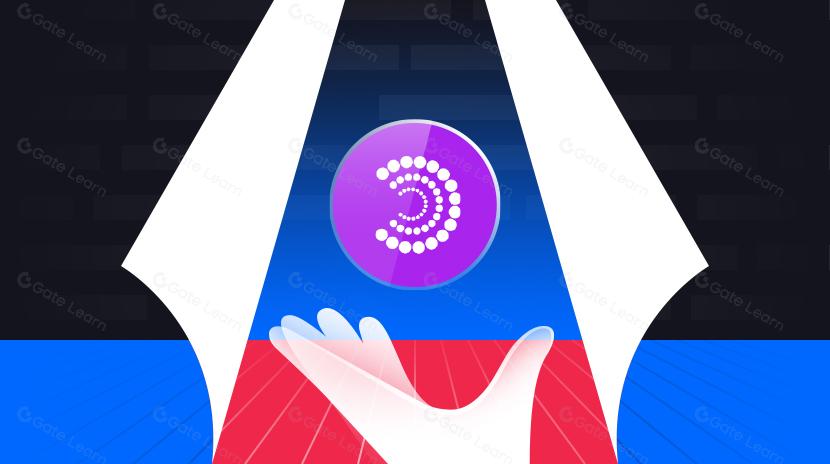
Beginner
Particle Network: A Web3 Development Platform
Particle Network is a development platform for Web3, aimed at enhancing developer efficiency and accelerating the mass adoption of Web3. Its core product is an MPC-TSS-based login and wallet middleware that eliminates the need for end users to remember mnemonic phrases and pay gas fees, significantly lowering the barrier to Web3 adoption. This article will explore the Particle Network ecosystem, compare similar products, and analyze the network's prospects and future.
08.43
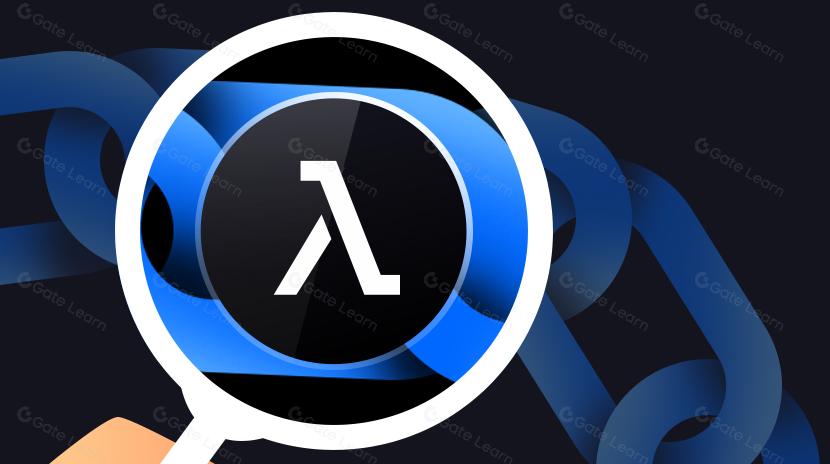
Beginner
What is Lambda?
The Lambda project has witnessed several key milestones since its inception in 2018. Each step, from the project's launch to the white paper release, successful fundraising, and open sourcing of core code, has marked the continuous advancement of Lambda technology. With the launch of the mainnet, Lambda has gradually become an important member of the blockchain ecosystem.
10.46

Intermediate
Blockchain-as-a-service (BaaS): An overview
Blockchain as a Service (BaaS) is a cloud service that allows organizations to build and run blockchain applications and smart contracts without the need to establish their own blockchain infrastructure. BaaS providers offer flexibility and accessibility of blockchain technology, aiming to democratize blockchain technology so that companies can develop blockchain applications at a reasonable cost.
46.27
Your Gateway to Crypto Knowledge, Get Article Alerts Straight to Your Inbox.
Subscribe
Your Gateway to Crypto Knowledge, Get Article Alerts Straight to Your Inbox.
Subscribe